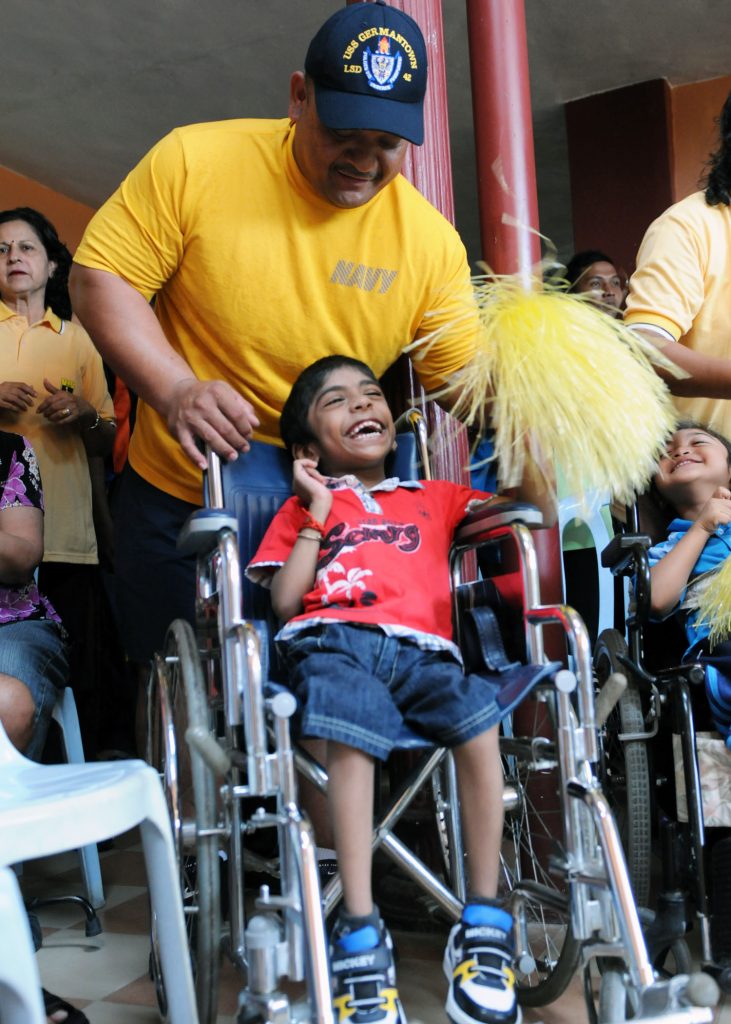Tolerance is the willingness to accept the existence of behavior or opinions that are different and that you may disagree with. At a more direct level, tolerance is the force that enables you to treat everybody in the same way and without prejudice, even when people are all different. Being tolerant means that you never consider that there could be a human race, a family nucleus, or a human disability that makes someone inferior. Naturally, as adults, you all know what tolerance is about. However, for children, it could be a different matter. Indeed, tolerance is a social life skill that is learned through life experiences; the earlier, the better. So the main question is how should you best make it a natural behavior into their everyday life.

#1. Select Books Appropriately
Kids’ books are amazing because they can teach them valuable lessons for their future life. While most young adults still relate to Dr. Seuss books, you can be looking for a similar powerful story for your children. Your Stories Matter, on http://www.bookroomreviews.com, for instance, is an educational collection of stories that is designed to help children understand differences and embrace them. With topics such as autism or dyslexia, it’s important to give your kids a chance to understand that not everyone is like them but that they all matter in the end. You will find plenty of great children’s books even outside of this collection, which discuss topics such as mono parental families, gender stereotypes and how to ignore them, and much more too. In short, dive into your favorite library, or order your books online – if you’re worried about the cost, you should be checking discount websites first, such as http://www.dontpayfull.com to get a voucher code – to help your children grasp the meaning of tolerance. Books are a great tool for this because they excite the imagination. Therefore it’s important to renew your stocks regularly!
#2. Talk To Them About It
Sometimes, kids address the matter of tolerance themselves. After all, children are renowned for being curious. That’s why they ask a lot of questions, and more often that once they are pretty tough. Imagine your latest one asking in the middle of a shopping center whether having a penis means that boys are better than girls. Ouch. Kids can be quite embarrassing. But more importantly, when they ask a question that is relevant to a tolerance topic – such as why is that little boy at school in a wheelchair, for example – it’s your cue to open their mind to the possibility that everyone matters even if they are all different.

#3. It’s Best To Show It
But in the end, the best way to get your kids to develop tolerant behavior is to show them how it’s done. Children learn by copying. So, you can tell them how often you want to that they should be tolerant of others if they don’t see you showing the way, it’s likely they won’t grow into tolerant adults. Show them that people can love and respect others despite their differences. Additionally, it’s important that they don’t see you participate in jokes that are built on abusing a stereotype – such as the blonde joke for example. Be sure to stop any behavior that uses gender, racial and social clichés if you perceive it in your children too.
Views: 505


coupon
Thank you for sharing, this is really a great story and it will help everyone.